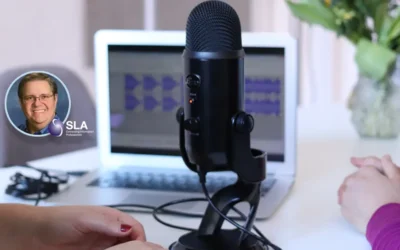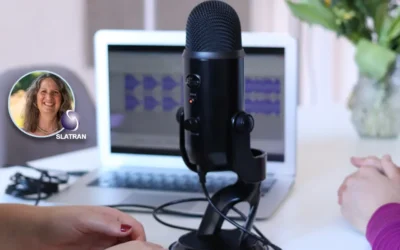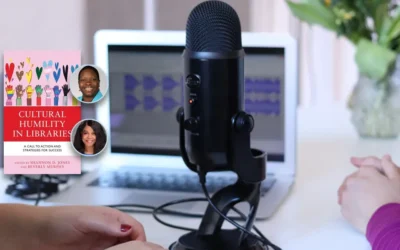Sticky Marketing: Crowdsourced Content Curation
Sarah Nichols
Marketing anything is about building relationships. For libraries, making a personal connection is extremely important, because it leads both to advocacy and increased usage of services and products.
You can have terrific knowledge management or ILS technology, but if the content your platform allows you to search and retrieve isn’t quality controlled, it really is a GIGO situation – “garbage in, garbage out.” Clearly ongoing curation is critical, but with increasing pressure on library staff size, do you really have the option of dedicated practice specialists or SMEs who can spend a large part of their time on it?
There is a solution: involve your end users in curation with social functionality that allows them to rate, comment, tag, like, share, or suggest alternatives. Who better than a practice expert, a departmental leader, a finance guru, or an IT helpdesk Ninja to assess the quality and currency of what’s in the organizational database(s)? The trick is, it MUST be easy for them, and that’s why you need an ILS or KM platform with social capabilities. And don’t worry, KM solutions with social built right in, like Inmagic Presto, ensure that you can manage permissions so that things don’t become a content curation free for all. You are still in control, but you are partnering with your colleagues in a unique and powerful way. Never mind “return on investment;” think about “return on partnership.” What is it? More foot traffic, more research requests, advocacy, engagement with practices or departments – and increased usage of your great content.
You aren’t asking people to take on more work; you are giving them a venue for thought leadership, reputation building, and a tangible contribution to the knowledge ecosystem. Crowdsourced curation takes expertise generally shared in hallway chats and makes it visible and tangible, with tools that you have provided. By enabling your colleagues to shine while you achieve your content curation objectives, you are building a relationship – making the personal connection that is one of the tenets of Sticky Marketing.
Sarah Nichols
Similar Posts
Interview with Eugene Giudice, SLA Treasurer
Interview with SLA’s Treasurer about the future of the special library profession and how the Special Libraries Association can benefit librarians
Interview with Cara Marcus on Transportation Librarianship and SLA
Interview with Cara Marcus, the president of the Special Libraries Association (SLA) transportation community about transportation libraries and SLA
Interview with Christian Nappo on the National Librarians of Medicine
Interview with the author of a reference-ready book on the twenty-seven men and women who headed the National Library of Medicine.
Interview with Shannon Jones and Beverly Murphy; Cultural Humility in Libraries
Interview with Shannon Jones and Beverly Murphy, editors of a book about cultural humility and its relevance in healthcare and special libraries.
Hosting service
Enjoy all of the benefits of your Lucidea solution with secure, reliable, stress free hosting
Programs & incentives
No matter your size or budget, we’ve got you covered, today and tomorrow



